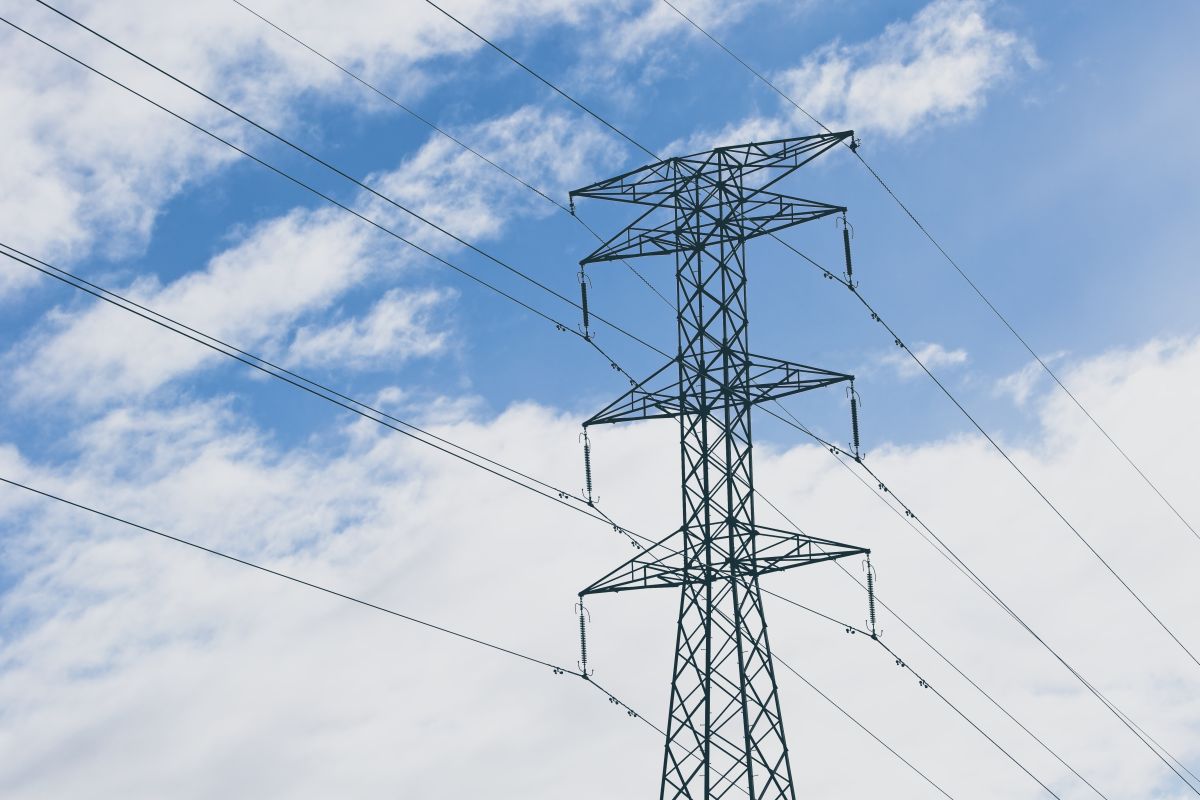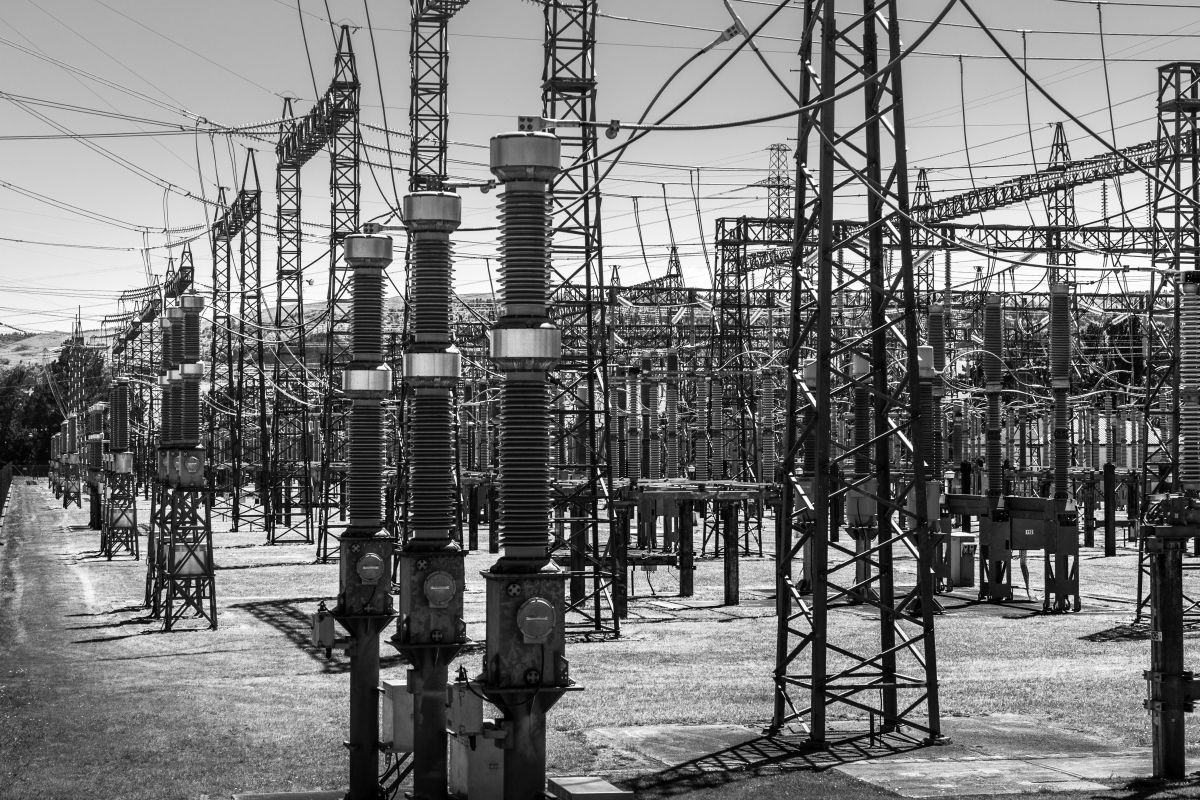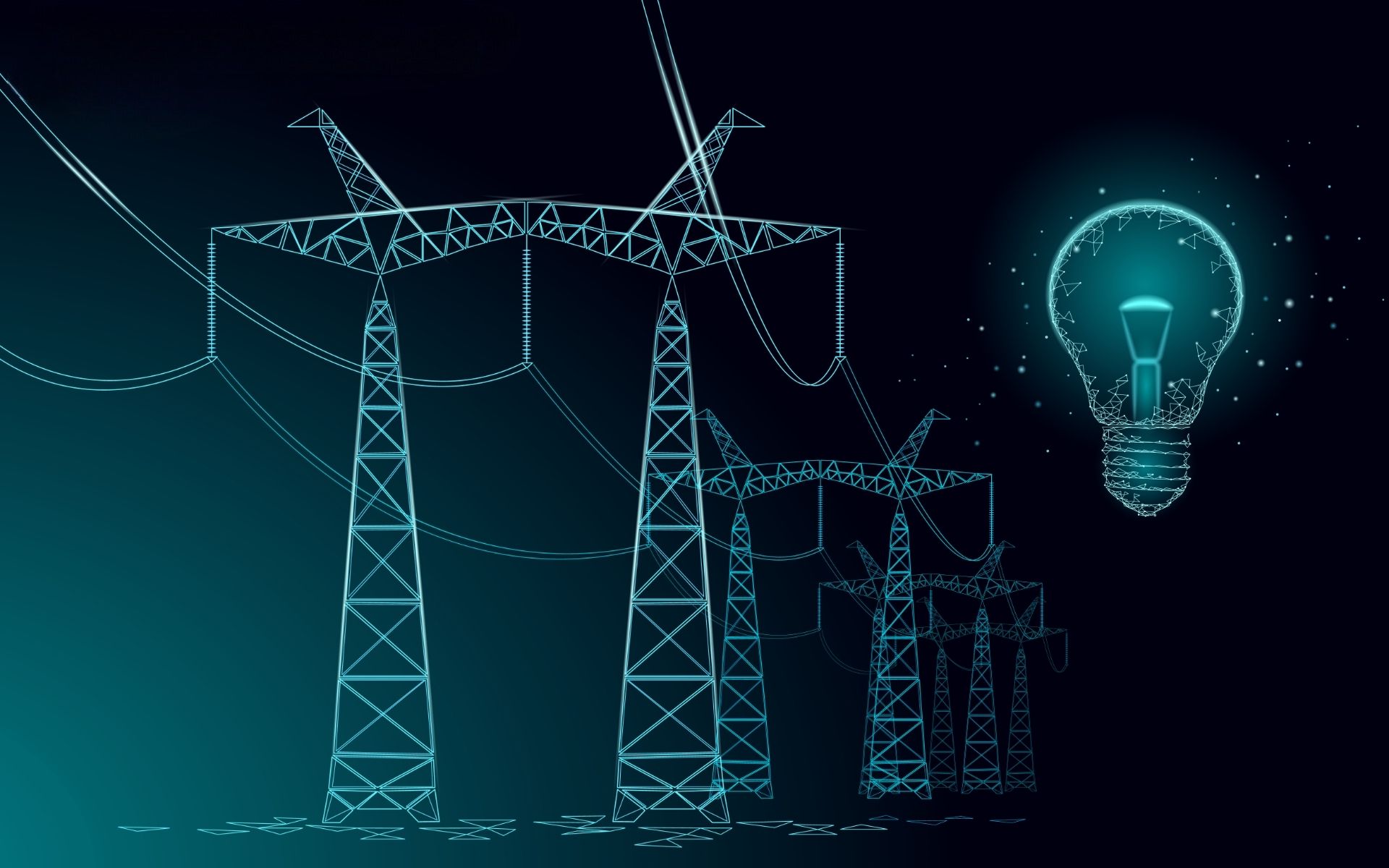How is the FAC-008 standard implemented within the North American Electric Reliability Corporation (NERC)?
The FAC-008 standard is applied in NERC by ensuring that all facility ratings and methodologies, either for generation or transmission, are properly document- ed. The facility owners are required to maintain detailed information, as the standard primarily pertains to them.
How can the equipment ratings for protective system components be documented effectively?
To document the equipment ratings for protective system components, one needs to first understand the in-line component, such as the Current Transformer (CT). This involves understanding the primary and secondary ratings of the CT and examining the current load. One then needs to ensure that the CT can handle the load based on the CT ratio and that the protective device can handle the current passing through it. Comparisons with manufacturer information can confirm whether the protective device can safely handle the observed current.
What steps need to be taken if a facility wants to take credit for emergency ratings?
If a facility wants to take credit for emergency ratings, it first needs to determine its power limit. Once the power rating has been established, the facility must review its equipment list to verify whether the current equipment can handle the additional load based on its thermal capacity. In the case of transmission, various environmental factors such as wind speed and ambient temperature need to be taken into account as they can influence thermal ratings.
How should facilities handle situations where the facility rating is limited by the licensed thermal rating of the reactor?
In cases where the facility rating is limited by the licensed thermal rating of the reactor, facilities should use the information provided in the technical specifica- tions for nuclear power sources. They can conduct a heat balance or use a heat transfer diagram from the turbine generator set to determine the BTUs produced and transferred. This information can then be used to establish the thermal capacity limit.
Is it necessary for Generating Operators (GOs) to have evidence that their relay settings are not limiting plant capability?
While the FAC-008 standard does not explicitly require Generating Operators (GOs) to provide evidence that their relay settings are not limiting plant capabili- ty, this has emerged as a question during audits. However, it is worth noting that this is not strictly within the purview of the FAC-008 standard. The settings should ideally be evaluated within the context of relevant Protection and Control standards such as PRC 19, 23, 24, 25, 26, and 27.
What is the most common cause of non-compliance with the FAC-008 standard?
The most common cause of non-compliance with the FAC-008 standard tends to be issues with configuration control. Audit feedback often indicates that changes are not being properly incorporated into the configuration management systems. Therefore, periodic walk-downs and proactive preparation for any known changes can be crucial in maintaining compliance and keeping all documentation updated.
Are facilities rated based on the generator ratings?
Yes, typically facilities are rated based on the generator rating rather than the reactor thermal rating. The reason for this is that the generator rating is usually higher and represents the maximum potential output of the machine. The generator rating provides a worst-case scenario to prepare for. The reactor’s thermal power will likely never reach the maximum capacity of the generator, especially considering power updates that have been implemented in many nuclear power plants over the years. However, if there has been a significant increase in power output from the reactor due to thermal increases, adjustments may need to be made, particularly concerning the power factor.
Does a multi-unit facility need to provide ratings for a unit less than 20 MVA?
If a facility’s overall generation is greater than 75 MVA, as outlined in rule I4 on the Bulk Electric System (BES), then yes, the facility would need to include ratings for a unit less than 20 MVA. This is known as aggregate generation, where all generation capacities are summed up, regardless of whether some individual units are less than 20 MVA.
Note: According to NERC, the definition of BES below defines other inclusions such as smaller power generators.
Definition Bulk Electric System (BES): Unless modified by the lists shown below, all Transmission Elements operated at 100 kV or higher and Real Power and Reactive Power resources connected at 100 kV or higher. This does not include facilities used in the local distribution of electric energy. Inclusions:
- I1 – Transformers with the primary terminal and at least one secondary terminal operated at 100 kV or higher unless excluded by application of Exclusion E1 or E3.
- I2 – Generating resource(s) including the generator terminals through the high–side of the step–up transformer(s) connected at a voltage of 100 kV or above with:
- a.) Gross individual nameplate rating greater than 20 MVA.
- b.) Gross plant/facility aggregate nameplate rating greater than 75 MVA.
- I3 – Blackstart Resources identified in the Transmission Operator’s restoration plan.
- I4 – Dispersed power producing resources that aggregate to a total capacity greater than 75 MVA (gross nameplate rating), and that are connected through a system designed primarily for delivering such capacity to a common point of connection at a voltage of 100 kV or above. Thus, the facilities designated as BES are:
- a.) The individual resources, and Introduction NERC | Bulk Electric System Definition Reference Document | April 2014May 2018 DRAFT 4 of 100 .
- b.)Thesystemdesignedprimarilyfordeliveringcapacityfromthepointwhere those resources aggregate to greater than 75 MVA to a common point of connection at a voltage of 100 kV or above.
- I5 –Static or dynamic devices (excluding generators) dedicated to supplying or absorbing Reactive Power that are connected at 100 kV or higher, or through a dedicated transformer with a high–side voltage of 100 kV or higher, or through a transformer that is designated in Inclusion I1 unless excluded by application of Exclusion E4.
What is the most common cause of non-compliance with the FAC-008 standard?
The most common cause of non-compliance with the FAC-008 standard tends to be issues with configuration control. Audit feedback often indicates that changes are not being properly incorporated into the configuration management systems. Therefore, periodic walk-downs and proactive preparation for any known changes can be crucial in maintaining compliance and keeping all documentation updated.
Which components of dispersed generation facilities should be included in the ratings?
For dispersed generation facilities, regional entities are generally interested in the components from the generator back to the collector bus, particularly if the sum of generation exceeds 75 MVA. In some cases, such as with wind generation, the regional entities may also look at the cable feed and transformer that boosts the voltage from the generator to the collector bus.
What are some points to ensure successful compliance with FAC-008?
First and foremost, it is crucial to track all your documents and update the list periodically. Ensuring that you have evidence supporting the thermal ratings for all equipment on that list is also important. Regularly reviewing configuration changes, having peer reviews, and conducting random checks to ensure the methodology still applies are useful practices. Additionally, regular communication with plant personnel about changes can be beneficial.
How does Certrec manage due dates, evidence tracking, and compliance requirements?
Certrec uses an application called CATS (Compliance Action Tracking System) to manage these aspects. This tool provides due dates and completion dates to ensure requirements are being met. It also enables evidence storage, allows for projecting timelines for different standards, and sends automatic reminders to prevent overlooking tasks. This tool is also used for FAC-008 compliance, ensuring the correct methodology is used and all requirements are met.
What is the advantage of using a system like CATS instead of tracking everything in a spreadsheet?
Spreadsheets, while popular, can often lead to outdated or inconsistent information if multiple people are making changes independently. CATS, on the other hand, is a real-time system that allows multiple users to update information simultaneously. It also provides automatic reminders and can send updates to the entire team or specific members as needed. This real-time, centralized approach improves efficiency and accuracy, reducing the risk of outdated or incorrect information being circulated.



















